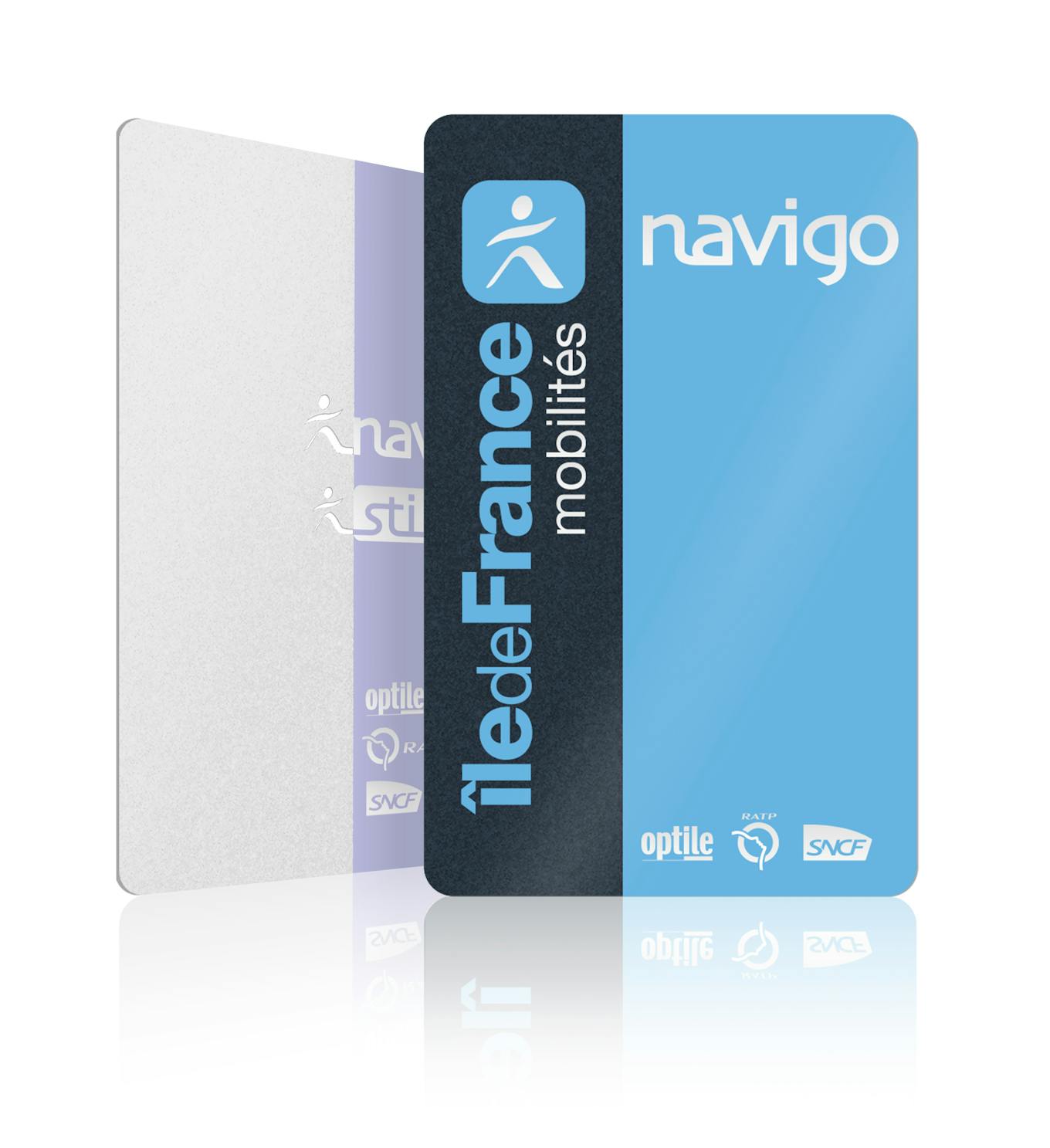Navigo, a secure card
Published on
With nearly €2.5 billion in sales made on Navigo cards in 2015, this card is the essential link in the chain for the smooth movement of millions of passengers and the distribution of the transport passes necessary to finance public transport in the Île-de-France region.

In order to guarantee the proper functioning of cards at all points in the transport network and to protect against any risk of counterfeiting, the development of Navigo ticketing is based on three main principles, based on international norms or standards:
- A contactless radio communication protocol, which defines the radio signal and high-frequency induction transmission. This protocol makes it possible for Navigo cards to communicate with terminals quickly (less than 250 ms) and without the need to supply the card with energy. The Île-de-France Common Teleticketing Reference System (RCTIF) guarantees that Navigo cards can communicate with all terminals, regardless of the transport operator.
- A single data structure in the map, based on the international standard EN 1545, which defines the coding of data elements used for public transport (such as the last 3 validation events, transport contracts, etc.). A single dictionary specifies all the data exchanged and where it is located on the map.
- A safety management that is based on Calypso technology, widely used in France and around the world. The counterfeiting of Navigo cards would require considerable resources and has not been encountered to date. The Navigo system also includes a posteriori security. The serial numbers of the cards that enter the Ile-de-France network are sent to the SYDEF (Fraud Detection System) to verify that these cards have been distributed through an authorized channel.
In 2014, the Navigo card changed its visual with a new visual by Philippe Stark. This transformation was accompanied by a change in the radio frequency standard to make the new cards fully compliant with the current ISO-B 14443 international standard. Thanks to this development, new services will become accessible to the public: for example, a card will be able to communicate with an NFC smartphone, whether to consult its content or recharge it with a new package.